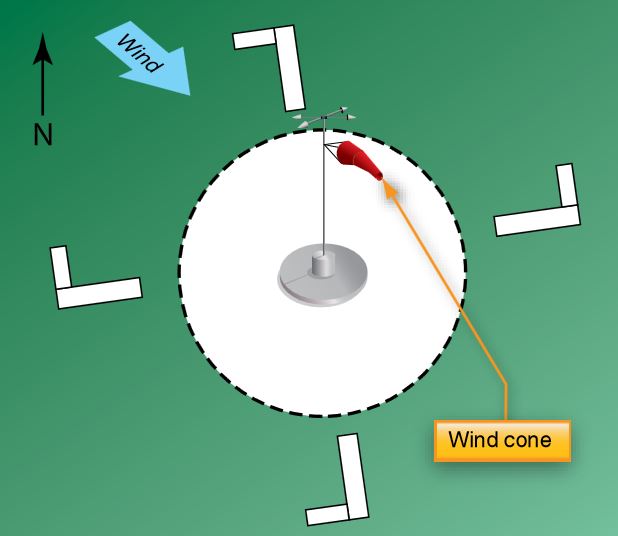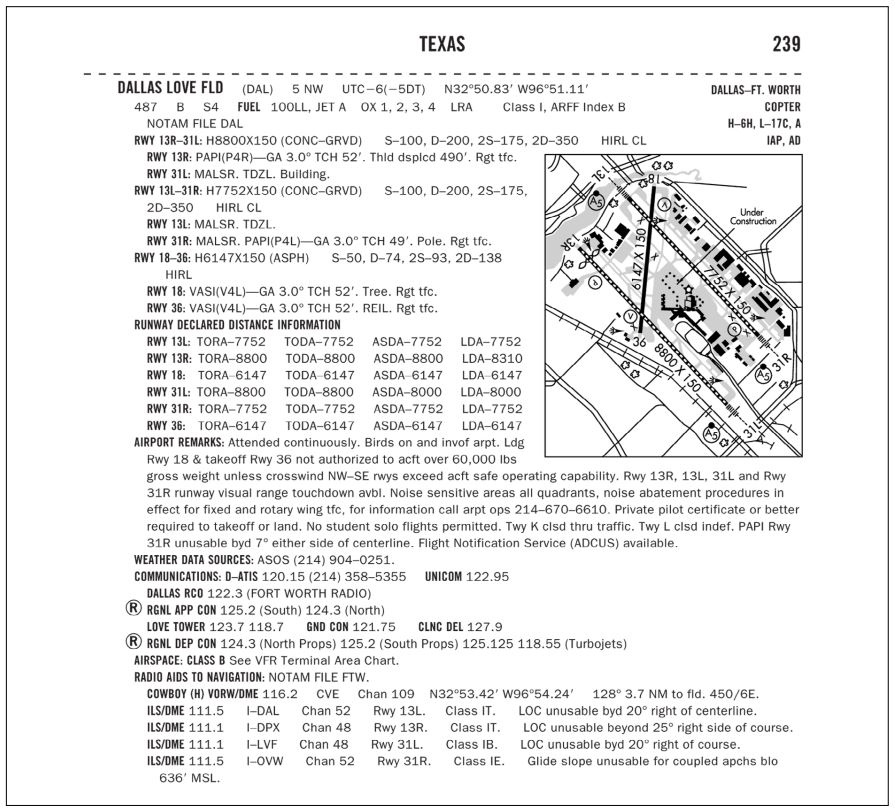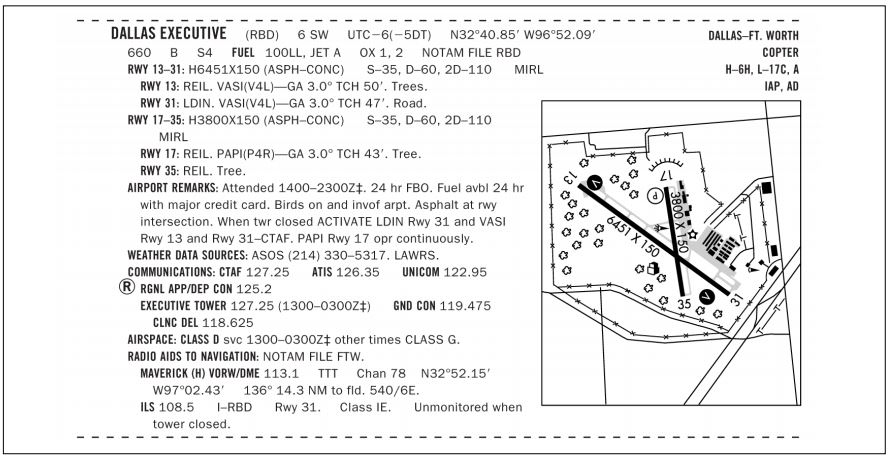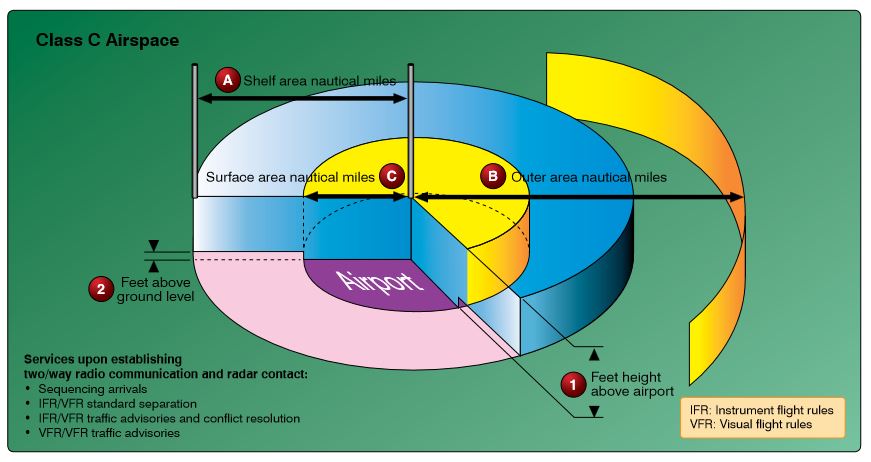CFI Airports, Airspace and ATC
Quiz Summary
0 of 82 questions completed
Questions:
Information
You have already completed the quiz before. Hence you can not start it again.
Quiz is loading…
You must sign in or sign up to start the quiz.
You must first complete the following:
Results
Results
0 of 82 questions answered correctly
Your time:
Time has elapsed
You have reached 0 of 0 point(s), (0)
Earned Point(s): 0 of 0, (0)
0 Essay(s) Pending (Possible Point(s): 0)
Categories
- Not categorized 0%
- 1
- 2
- 3
- 4
- 5
- 6
- 7
- 8
- 9
- 10
- 11
- 12
- 13
- 14
- 15
- 16
- 17
- 18
- 19
- 20
- 21
- 22
- 23
- 24
- 25
- 26
- 27
- 28
- 29
- 30
- 31
- 32
- 33
- 34
- 35
- 36
- 37
- 38
- 39
- 40
- 41
- 42
- 43
- 44
- 45
- 46
- 47
- 48
- 49
- 50
- 51
- 52
- 53
- 54
- 55
- 56
- 57
- 58
- 59
- 60
- 61
- 62
- 63
- 64
- 65
- 66
- 67
- 68
- 69
- 70
- 71
- 72
- 73
- 74
- 75
- 76
- 77
- 78
- 79
- 80
- 81
- 82
- Current
- Review
- Answered
- Incorrect
-
Question 1 of 82
1. Question
A series of continuous red lights in the runway centerline lighting indicates
CorrectIncorrect -
Question 2 of 82
2. Question
The numbers 8 and 26 on the approach ends of the runway indicate that the runway is orientated approximately
CorrectIncorrect -
Question 3 of 82
3. Question
What does a series of arrows painted on the approach end of a runway signify?
CorrectIncorrect -
Question 4 of 82
4. Question
What is the purpose of the runway/runway hold position sign?
CorrectIncorrect -
Question 5 of 82
5. Question
What is the purpose of the runway hold position sign?
CorrectIncorrect -
Question 6 of 82
6. Question
What is the purpose for the runway hold position markings on the taxiway?
CorrectIncorrect -
Question 7 of 82
7. Question
What is the purpose of the yellow demarcation bar marking?
CorrectIncorrect -
Question 8 of 82
8. Question
An airport has pilot controlled lighting but runways without approach lights. How many times should you key your microphone to turn on the MIRL at medium intensity?
CorrectIncorrect -
Question 9 of 82
9. Question
When exiting the runway, what is the purpose of the runway exit sign?
CorrectIncorrect -
Question 10 of 82
10. Question
The “ILS critical area boundary” sign identifies
CorrectIncorrect -
Question 11 of 82
11. Question
What does the outbound destination sign identify?
CorrectIncorrect -
Question 12 of 82
12. Question
What is the purpose of the taxiway ending marker sign?
CorrectIncorrect -
Question 13 of 82
13. Question
The “No Entry” sign identifies
CorrectIncorrect -
Question 14 of 82
14. Question
When turning onto a taxiway from another taxiway, what is the purpose of the taxiway directional sign?
CorrectIncorrect -
Question 15 of 82
15. Question
What purpose does the taxiway location sign serve?
CorrectIncorrect -
Question 16 of 82
16. Question
When approaching taxiway holding lines from the side with the continuous lines, the pilot
CorrectIncorrect -
Question 17 of 82
17. Question
What does a destination sign identify?
CorrectIncorrect -
Question 18 of 82
18. Question
What is the purpose of the hold position markings on a holding bay?
CorrectIncorrect -
Question 19 of 82
19. Question
The recommended entry position to an airport traffic pattern is
CorrectIncorrect -
Question 20 of 82
20. Question
Refer to the diagram below. The segmented circle indicates that the airport traffic pattern is
 CorrectIncorrect
CorrectIncorrect -
Question 21 of 82
21. Question
Refer to the diagram below. Which runway and traffic pattern should be used as indicated by the wind cone in the segmented circle?
 CorrectIncorrect
CorrectIncorrect -
Question 22 of 82
22. Question
How does the wake turbulence vortex circulate around each wingtip?
CorrectIncorrect -
Question 23 of 82
23. Question
What effect would a crosswind of 5 knots or less have on the wingtip vortices generated by a large aircraft that had just taken off?
CorrectIncorrect -
Question 24 of 82
24. Question
Due to the effects of wake turbulence, what minimum separation does ATC provide for a small aircraft landing behind a heavy jet
CorrectIncorrect -
Question 25 of 82
25. Question
During a takeoff made behind a departing large jet airplane, the pilot can minimize the hazard of wingtip vortices by
CorrectIncorrect -
Question 26 of 82
26. Question
When landing behind a large jet aircraft, at which point on the runway should you plan to land?
CorrectIncorrect -
Question 27 of 82
27. Question
Which statement is true regarding wingtip vortices?
CorrectIncorrect -
Question 28 of 82
28. Question
As standard operating practice, all inbound traffic to an airport without a control tower should continuously monitor the appropriate facility from a distance of
CorrectIncorrect -
Question 29 of 82
29. Question
When landing at an airport that does not have a tower, FSS, or UNICOM, you should broadcast your intentions on
CorrectIncorrect -
Question 30 of 82
30. Question
The UNICOM frequency at airports with a control tower is
CorrectIncorrect -
Question 31 of 82
31. Question
A military airfield can be identified by
CorrectIncorrect -
Question 32 of 82
32. Question
A slightly below glidepath indication on a 2-bar VASI glidepath is indicated by
CorrectIncorrect -
Question 33 of 82
33. Question
Which indications would a pilot see while approaching to land on a runway served by a 2-bar VASI?
CorrectIncorrect -
Question 34 of 82
34. Question
When on the upper glidepath of a 3-bar VASI, what would be the colors of the lights?
CorrectIncorrect -
Question 35 of 82
35. Question
The visual glidepath of a 2-bar VASI provides safe obstruction clearance within plus or minus 10° of the extended runway centerline and to a distance of how many miles from the runway threshold?
CorrectIncorrect -
Question 36 of 82
36. Question
A slightly low indication on a PAPI glidepath is indicated by
CorrectIncorrect -
Question 37 of 82
37. Question
Information concerning parachute jumping sites may be found in the
CorrectIncorrect -
Question 38 of 82
38. Question
Refer to the diagram below. At what time of day does the tower shut down at Dallas Executive?

 CorrectIncorrect
CorrectIncorrect -
Question 39 of 82
39. Question
Refer to the diagram below. On what frequency can a pilot activate the approach lights at Dallas Executive when the control tower is not in operation?

 CorrectIncorrect
CorrectIncorrect -
Question 40 of 82
40. Question
Refer to the diagram below. Select the correct statement concerning Dallas Love Field.

 CorrectIncorrect
CorrectIncorrect -
Question 41 of 82
41. Question
Refer to the diagram below. What is the elevation of the Maverick VORTAC?

 CorrectIncorrect
CorrectIncorrect -
Question 42 of 82
42. Question
When are ATIS broadcasts updated?
CorrectIncorrect -
Question 43 of 82
43. Question
Absence of the sky condition and visibility on an ATIS broadcast indicates that
CorrectIncorrect -
Question 44 of 82
44. Question
Flight through a restricted area should not be accomplished unless the pilot has
CorrectIncorrect -
Question 45 of 82
45. Question
A warning area is airspace of defined dimensions established
CorrectIncorrect -
Question 46 of 82
46. Question
When operating VFR in a military operations area (MOA), a pilot
CorrectIncorrect -
Question 47 of 82
47. Question
A military operations area (MOA) is airspace of defined vertical and lateral limits established for the purpose of
CorrectIncorrect -
Question 48 of 82
48. Question
If a military training route has flights operating at or below 1,500 feet AGL, it will be designated by
CorrectIncorrect -
Question 49 of 82
49. Question
Flight through a military operations area (MOA) is
CorrectIncorrect -
Question 50 of 82
50. Question
When a control tower, located on an airport within Class D airspace ceases operation for the day, what happens to the airspace designation
CorrectIncorrect -
Question 51 of 82
51. Question
Class E airspace within the contiguous United States extends upward from either 700 feet or 1,200 feet AGL to, but not including,
CorrectIncorrect -
Question 52 of 82
52. Question
Within the contiguous United States, the floor of Class A airspace is
CorrectIncorrect -
Question 53 of 82
53. Question
With certain exceptions, Class E airspace extends upward from either 700 feet or 1,200 feet AGL to, but does not include,
CorrectIncorrect -
Question 54 of 82
54. Question
The vertical limit of Class D airspace will normally be designated at
CorrectIncorrect -
Question 55 of 82
55. Question
Normally, the vertical limits of Class D airspace extend up to and including how many feet above the surface?
CorrectIncorrect -
Question 56 of 82
56. Question
Refer to the diagram below. Which altitude (box 1) is applicable to the vertical extent of the surface and shelf areas of this Class C airspace?
 CorrectIncorrect
CorrectIncorrect -
Question 57 of 82
57. Question
Refer to the diagram below. What is the normal radius of the outer area (area B)?
 CorrectIncorrect
CorrectIncorrect -
Question 58 of 82
58. Question
Refer to the diagram below. What is the radius of the shelf area (circle A)?
 CorrectIncorrect
CorrectIncorrect -
Question 59 of 82
59. Question
Refer to the diagram below. What is the radius of the surface area (circle C)?
 CorrectIncorrect
CorrectIncorrect -
Question 60 of 82
60. Question
Refer to the diagram below. Which altitude (box 2) is applicable to the base of the shelf area?
 CorrectIncorrect
CorrectIncorrect -
Question 61 of 82
61. Question
Refer to the diagram below. Class C airspace usually extends up to
 CorrectIncorrect
CorrectIncorrect -
Question 62 of 82
62. Question
To operate an aircraft within Class C airspace from a satellite airport without an operating control tower, a pilot must
CorrectIncorrect -
Question 63 of 82
63. Question
All operations within Class C airspace must be in
CorrectIncorrect -
Question 64 of 82
64. Question
What minimum avionics equipment is required for operation within Class C airspace?
CorrectIncorrect -
Question 65 of 82
65. Question
If the aircraft’s radio fails, what is the recommended procedure when landing at a controlled
CorrectIncorrect -
Question 66 of 82
66. Question
Which transponder code should the pilot of a civilian aircraft never use?
CorrectIncorrect -
Question 67 of 82
67. Question
When making routine transponder code changes, pilots should avoid inadvertent selection of which codes?
CorrectIncorrect -
Question 68 of 82
68. Question
Most midair collision accidents occur during
CorrectIncorrect -
Question 69 of 82
69. Question
Which technique should a student be taught to 5can for traffic to the right and left during straight-and- 1evel flight?
CorrectIncorrect -
Question 70 of 82
70. Question
The most effective technique to use for detecting other aircraft at night is to
CorrectIncorrect -
Question 71 of 82
71. Question
ATC advises traffic 12 o’clock. This advisory is relative to your
CorrectIncorrect -
Question 72 of 82
72. Question
What is an effective way to prevent a collision hazard in the traffic pattern?
CorrectIncorrect -
Question 73 of 82
73. Question
Pilots are encouraged to turn on their landing lights when operating below 10,000 feet, day or night, and when operating within
CorrectIncorrect -
Question 74 of 82
74. Question
If an aircraft has a transponder, encoding altimeter, and DME, the proper equipment suffix to be entered on a flight plan is
CorrectIncorrect -
Question 75 of 82
75. Question
How long will a Flight Service Station hold a VFR flight plan past the proposed departure time?
CorrectIncorrect -
Question 76 of 82
76. Question
If an aircraft has a transponder, encoding altimeter, and RNAV, the proper equipment suffix to be entered on a flight plan is
CorrectIncorrect -
Question 77 of 82
77. Question
How much time do you have to close a VFR flight plan before search and rescue procedures are initiated
CorrectIncorrect -
Question 78 of 82
78. Question
When information is disseminated about a taxiway closure, it will be located in
CorrectIncorrect -
Question 79 of 82
79. Question
When information is disseminated for a navigational facility, it will be located in
CorrectIncorrect -
Question 80 of 82
80. Question
When information is disseminated for a temporary flight restriction (TFR), it will be located in
CorrectIncorrect -
Question 81 of 82
81. Question
What information is contained in the Notices to Airmen Publication (NTAP)?
CorrectIncorrect -
Question 82 of 82
82. Question
Public figures are protected by
CorrectIncorrect